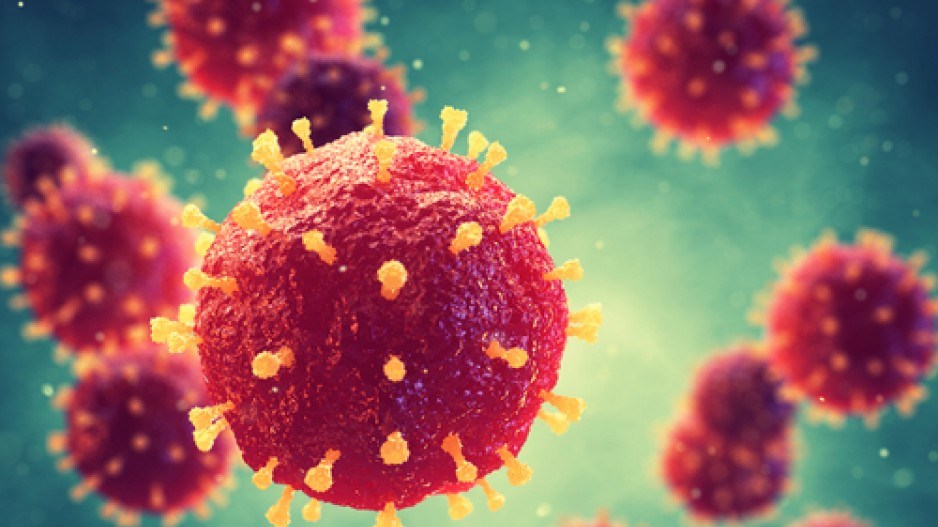The BC Centre for Disease Control has found a second case of the novel coronavirus 2019-nCoV, which has caused at least 427 deaths and 20,704 infections since December, according to Johns Hopkins University Whiting School of Engineering.
A woman in her 50s tested positive for the virus late on February 3 and samples have been sent to a national lab in Winnipeg to confirm the diagnosis, health officials said February 4.
They said that the woman who lives in the Vancouver Coastal Health Region had close contact with family visitors who had been in Wuhan, China, which is the epicentre of the virus. Vancouver Coastal Health oversees residents in Vancouver, Richmond, the North Shore, the Sea-to-Sky corridor, Sunshine Coast, Powell River, Bella Bella and Bella Coola.
The woman is in quarantine at home.
B.C.’s first case of the coronavirus was a man in his 40s who had travelled to Wuhan. He alerted authorities and self-quarantined himself at home. He remains at home.
The B.C. government on January 31 noted that the BC Centre for Disease Control had so far tested 114 samples for the virus, although it said that some people were tested more than once so it was not clear exactly how many people had been tested in the province for the virus. Health officials said that they will give weekly updates for the number of samples that have been tested.
The virus is believed to have started at a live animal market in Wuhan, where it was in a bat or a snake. It then jumped the species barrier to humans.
The U.S., Australia and New Zealand are among many countries that have shut their borders to people who have recently visited China but Canada's Health Minister Patty Hadju said February 3 that she does not believe that is an appropriate strategy.
"By closing down the borders, it's much harder to detect where someone is coming from," she said.
She added that the current process allows more "open and honest" interactions with passengers, as well as more detailed screening.
So far, the government's Public Health Agency of Canada has put signage at Vancouver International Airport to educate passengers about the virus' symptoms and what to do if they start to feel ill. It has also added a question to customs kiosks to ask if someone has recently been to the Wuhan area. If the passenger answers that they have been to Wuhan, a Customs and Border Services Agency representative will ask them if they feel ill. Only if they say that they feel ill will they be required to see a health-safety officer.
Health Canada told BIV in a January 29 email that it has positioned 19 public health safety officials, or quarantine officers, at airports in Vancouver, Toronto and Montreal. It said it planned to add 14 additional officers by the end of the week. It would not break out the count by airport.
Unlike many countries, Canada has not opted to have officials use temperature-screening devices. Canadian chief public health officer Theresa Tam last week said that she did not see the value in that because the big risk factor was having been to Wuhan. Since then, however, the World Health Organization has declared the disease to be a global health emergency and it has spread to 22 countries in addition to mainland China, Hong Kong and Taiwan.




